Recently, the Vietnam Biofuel Association sent a document to the Department of Domestic Market Management and Development ( Ministry of Industry and Trade ) to inform about a number of issues related to import tax on 99% Ethanol used to blend biofuel, as well as the overall context in tariff negotiations and trade relations between Vietnam and the US in the coming time.
According to the association, import tax on 99% Ethanol (the type of Ethanol used to blend biofuel) has been continuously adjusted down, from 15% to 12%, 10% and most recently 5%. This move is within the framework of the common trade policy between Vietnam and the US.
Ethanol is one of the strengths of the United States, which currently accounts for about 50% of total global ethanol production, the association added. More than 50% of US grain production is used to produce ethanol, thanks to the biofuel development program that has been effectively implemented for many years.
In the US, all gasoline sold on the market is required to be mixed with Ethanol at a ratio of 10% to 20%, depending on the specific regulations of each state.
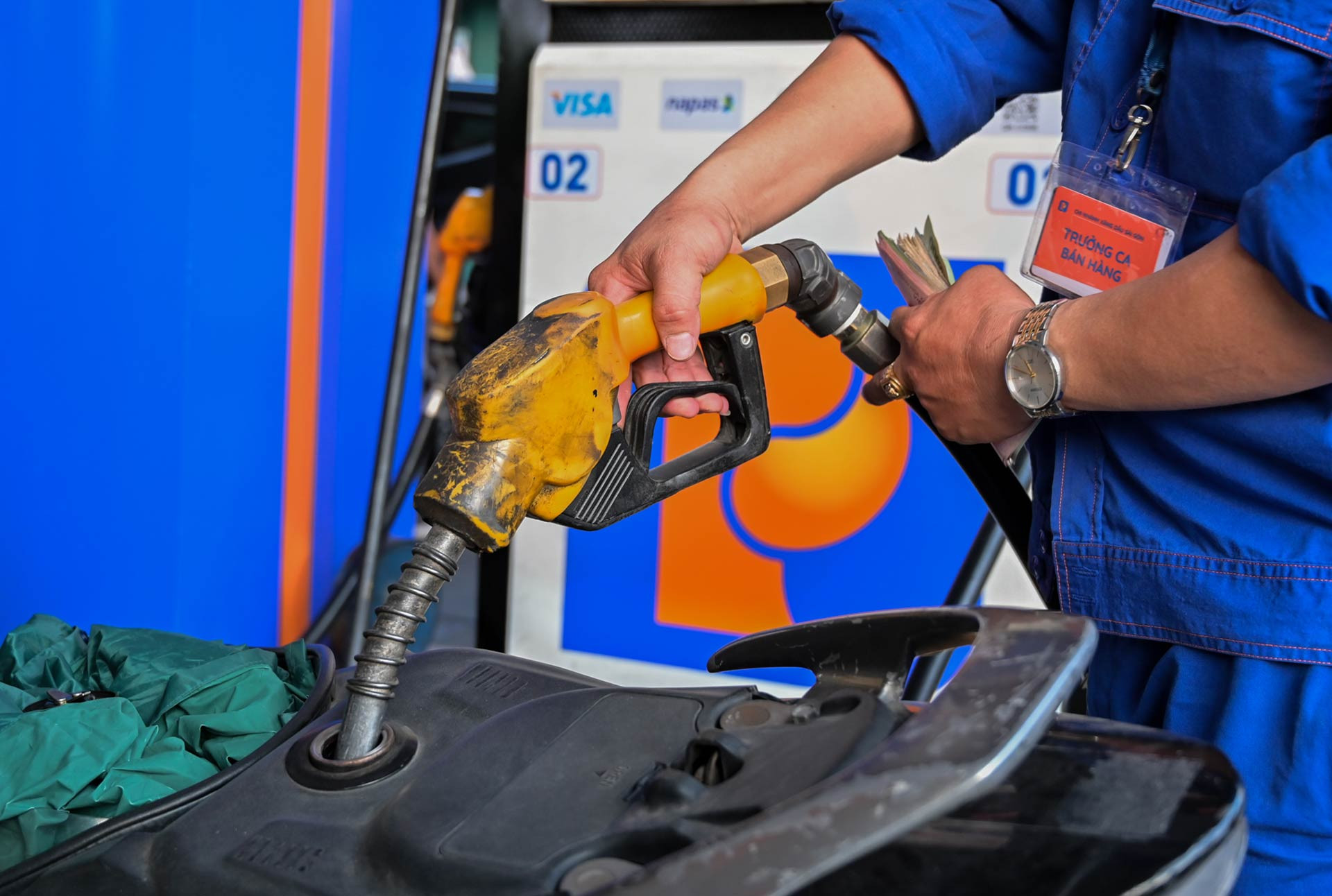
With the great benefits of using biofuels such as reducing environmental pollution and contributing to stable output for the agricultural sector, most countries in the world have mandatory regulations on the use of biofuels in the field of road traffic.
For example, in Brazil, gasoline must be mixed with Ethanol at a ratio of 20% to 85%; in the European Union (EU), China, and Indonesia, the mixing ratio is 10%; while in Thailand, it is 20%...
In Vietnam, biofuel has been used since 2017, by mixing 5% Ethanol into RON92 mineral gasoline to create E5 RON92 gasoline.
Currently, the domestic market maintains two main types of gasoline, E5RON92 and RON95, with a total consumption of over 10 million tons per year. However, the rate of E5RON92 gasoline usage is still very low, accounting for only about 15%. This leads to the goal of environmental protection not being as effective as expected.
In a petition sent to the Prime Minister and the Minister of Industry and Trade, the Vietnam Biofuels Association and the Vietnam Petroleum Association proposed the early implementation of the full E10 biofuel program. Accordingly, the 10% Ethanol blend will become mandatory for both types of gasoline currently on the market.
According to the Vietnam Biofuel Association, this is one of the solutions to create room for importing Ethanol from the US, instead of just using the tool of reducing import tax on this item to 0%, thereby contributing to balancing the trade balance between the two countries.
It is estimated that Vietnam consumes over 10 million tons of gasoline each year. If E10 biofuel is applied to both RON92 and RON95 gasoline, the demand for Ethanol for gasoline blending will be about 1 million tons per year. This will lead to a 10-fold increase in the demand for Ethanol imports from the US to our country, up to about 1 million tons of Ethanol per year, equivalent to a value of 1 billion USD.
In the future, if Vietnam increases the Ethanol blending ratio to 20% as many countries are applying, the import value of Ethanol alone from the US could increase to about 2 billion USD per year.
In addition, domestic alcohol factories can also increase imports of about 1.4 million tons of corn (equivalent to 350 million USD) from the US to produce alcohol to blend into gasoline.
“The implementation of the E10 biofuel program also contributes to solving the output problem for millions of tons of fresh cassava of farmers, helping to stabilize the price of this agricultural product. Because cassava is also one of the raw materials for producing alcohol,” said the leader of the Vietnam Biofuel Association.
In its comments on the Draft Decree on petroleum trading and petroleum business organization according to Decision 49 and Decision 53, the Vietnam Petroleum Association pointed out that after 7 years of implementing E5RON92 gasoline to completely replace RON92 mineral gasoline nationwide, the quality and benefits of E5RON92 gasoline have been affirmed.
However, up to now, sales volume has been decreasing, business costs have been increasing, creating doubts for businesses trading in this product.
According to the association’s assessment, the decline in E5 gasoline production is not due to consumers’ lack of confidence in its quality and turning their backs on E5 biofuel. The main reason is that the product chosen for blending with biofuel is RON92 gasoline with a low quality level (level 2) used mostly for motorbikes and maintaining a product life cycle that is too long (7 years). Meanwhile, customers always tend to use higher quality gasoline, leading to a decline in E5 gasoline production.
From the above situation, the E10 blending roadmap has been delayed by 7 years, while countries around the world and the region are moving towards the roadmap of using E15-E20.
Currently, we have met all the conditions to implement the blending and supply of E10 fuel. Accordingly, the Vietnam Petroleum Association recommends that the Prime Minister specify the roadmap for E10 blending.
Specifically, E10RON95 gasoline will replace RON 95 gasoline from October 1, 2025; E10RON92 gasoline will replace E5RON92 gasoline from October 1, 2025.

Source: https://vietnamnet.vn/de-xuat-moi-de-tang-nhap-khau-1-trieu-tan-ethanol-tu-my-2392871.html








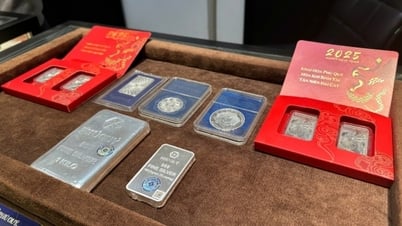


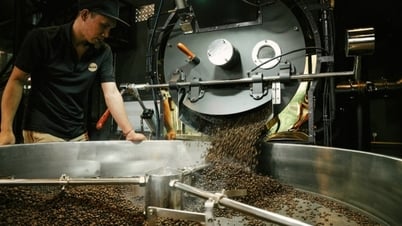
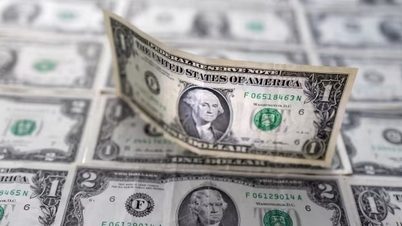
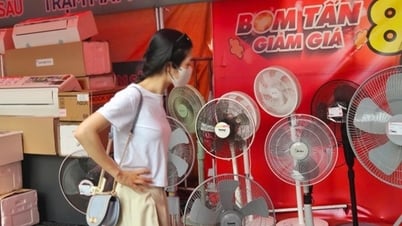
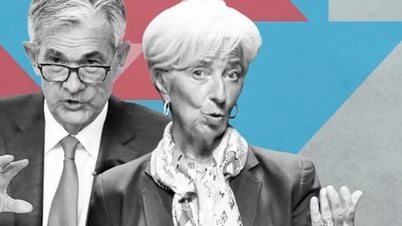















































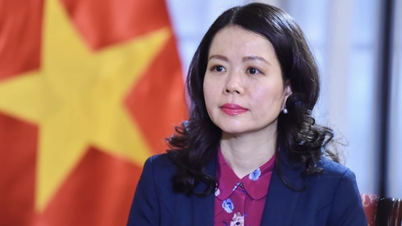











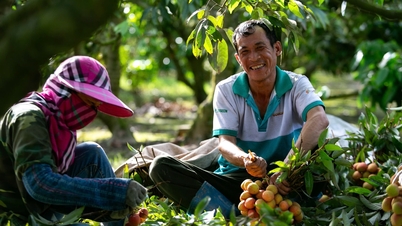

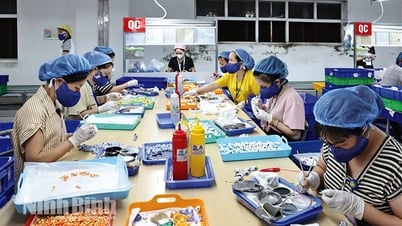



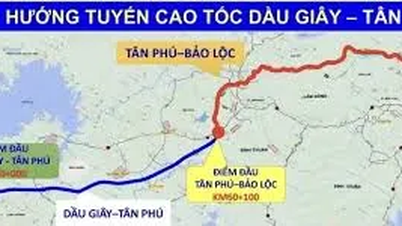














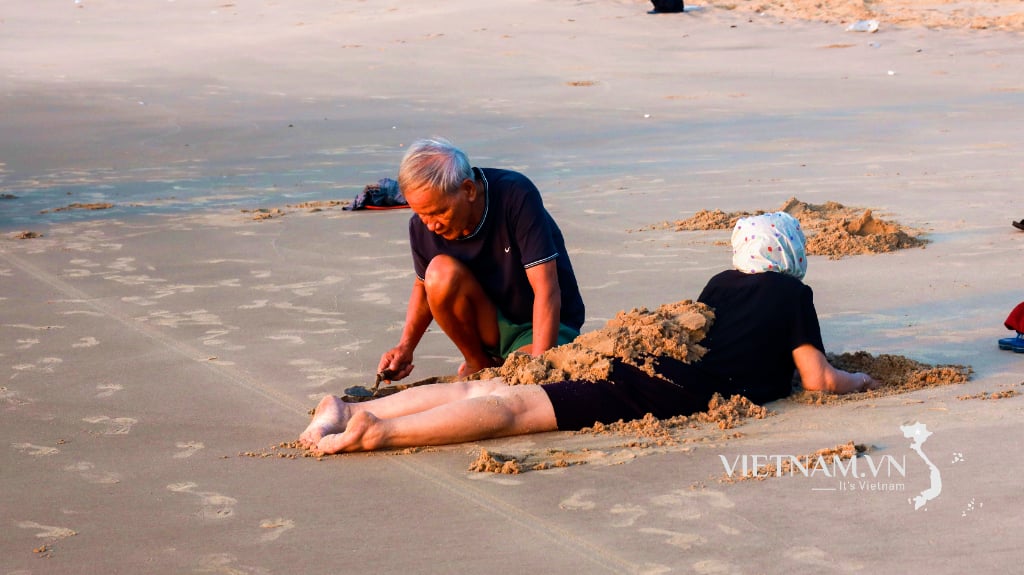


Comment (0)